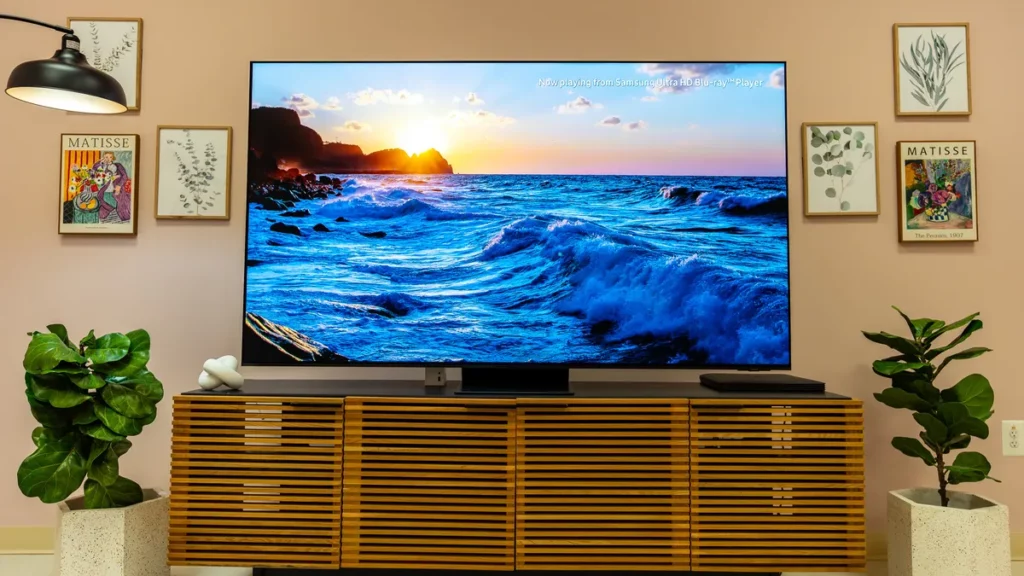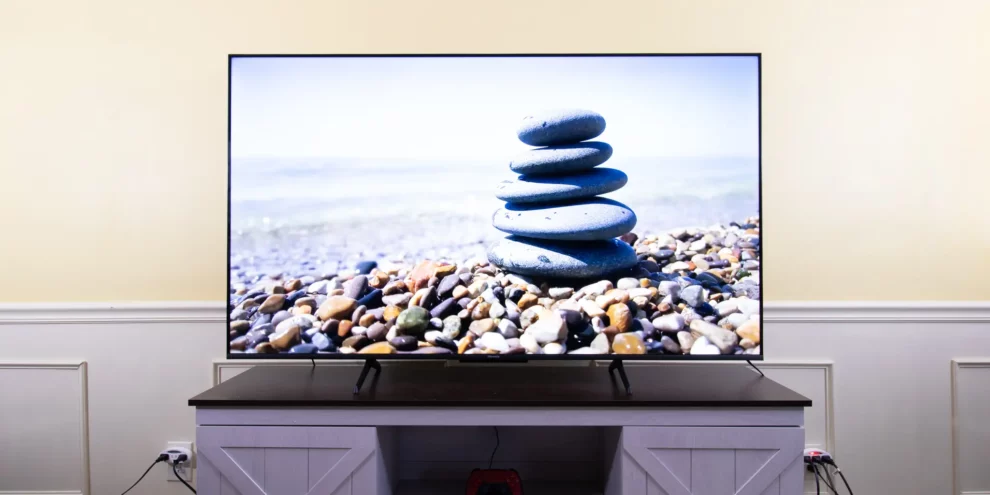A comprehensive longevity study by Rtings has uncovered concerning reliability issues with edge-lit 4K televisions, suggesting these more affordable TV options might ultimately prove costly for consumers due to premature failures and performance degradation. The research, which examined 100 different televisions across various technologies and brands, raises significant questions about the long-term viability of edge-lit display technology, particularly in larger screen sizes.
The study’s findings are particularly timely as consumers approach the Black Friday shopping season, traditionally a peak period for television purchases. According to the research, an alarming 64% of edge-LED LCD TVs exhibited visible light uniformity issues, compared to just 25% across all LCD technologies. This dramatic difference highlights a systematic weakness in edge-lit panel design.
The technical root of these problems lies in the fundamental design of edge-lit displays, which typically position their backlighting along the bottom edge with a diffuser film to distribute light across the panel. This design becomes increasingly problematic as screen sizes grow larger, leading to visible inconsistencies in illumination and potential structural failures.
More concerning is the speed at which these issues develop. The study revealed that several edge-lit units began showing problems at or before 2,200 hours of use – equivalent to just one year of typical viewing in an American household. The failures manifested in various ways, including warped reflector sheets, cracked light guide plates, and burnt-out LEDs, all attributed to concentrated heat issues inherent in the edge-lit design.
While the absolute number of failed units – seven out of 100 tested TVs – might seem relatively small, the concentration of failures among edge-lit models and the early onset of problems suggests a systematic weakness rather than random failures. This pattern becomes particularly significant when considering the typical lifespan consumers expect from their television investments.
The technical limitations of edge-lit technology become more pronounced in larger displays, where the design’s shortcomings are magnified by the increased panel size. This correlation between screen size and failure risk adds another layer of consideration for consumers shopping for larger televisions, where edge-lit models often appear as attractively priced options.
However, the timing of these findings coincides with the approach of Black Friday sales, offering a potential silver lining for consumers. The holiday shopping season typically brings substantial discounts on higher-end television models, including those with superior lighting technologies such as full-array local dimming and OLED displays. This market timing means consumers might have opportunities to access better technology without the usual premium price tag.
The implications of this research extend beyond immediate purchasing decisions, raising questions about the true cost-effectiveness of edge-lit displays. While these models often carry lower initial price tags, the potential for early failure and performance degradation suggests they might represent a false economy for many consumers.
The study’s findings are particularly relevant given the increasing average size of home televisions and the growing consumer preference for larger screens. As viewers opt for bigger displays, the inherent weaknesses of edge-lit technology become more pronounced, potentially leading to a higher proportion of dissatisfied customers and premature failures.
For consumers currently in the market for a new television, these findings suggest the importance of looking beyond initial purchase price to consider long-term reliability and performance. The research indicates that investing in alternative technologies such as direct LED, full array local dimming, or OLED displays might prove more economical over the lifetime of the television, despite higher upfront costs.
As the holiday shopping season approaches, this research provides valuable guidance for consumers navigating television purchases. The data suggests that waiting for sales on higher-quality panels might be a more prudent strategy than opting for edge-lit models, even when working within budget constraints. This approach could help avoid the frustration and additional expense of premature television replacement due to technical failures or degraded performance.
















Add Comment